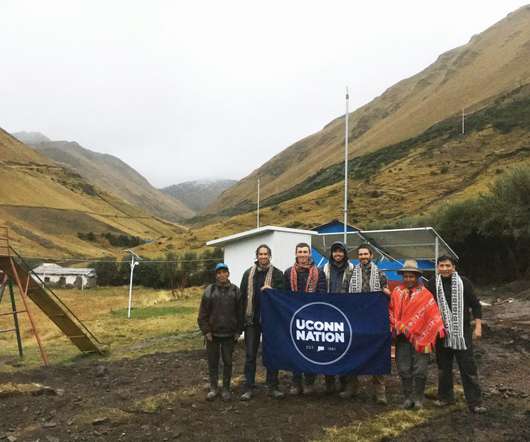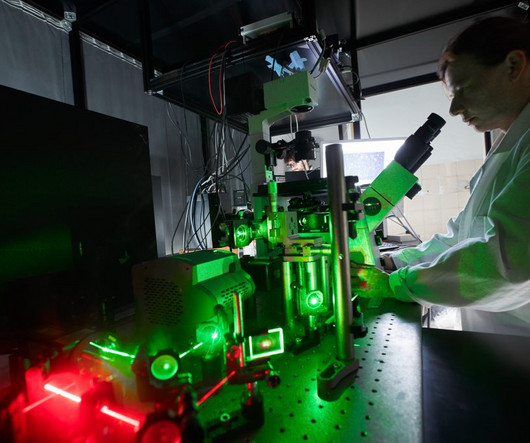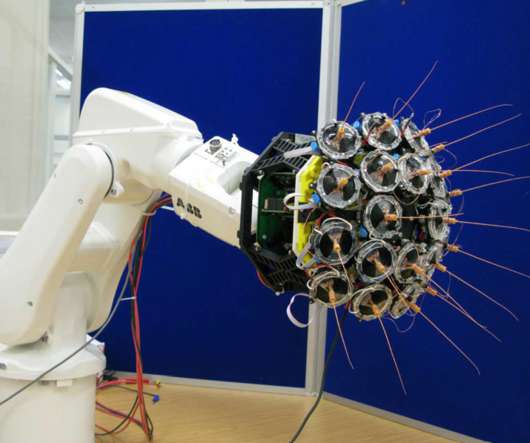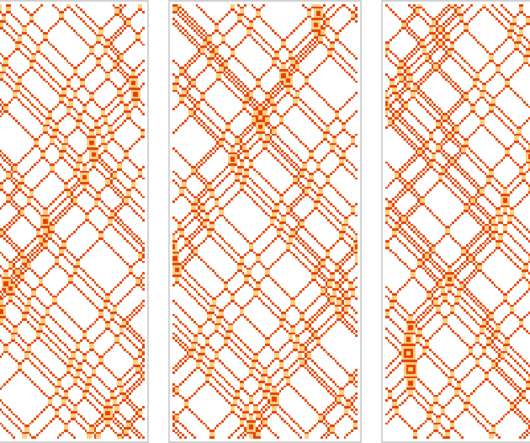How can engineering address human rights issues?
Futurum
JUNE 30, 2022
Across Peru, thousands of people do not have access to clean water or efficient transport links. He is investigating the connection between poor transport links and social inequality, and bringing sanitation to a remote community in the Andes. HOW DOES PUBLIC TRANSPORT AFFECT INEQUALITY?












Let's personalize your content